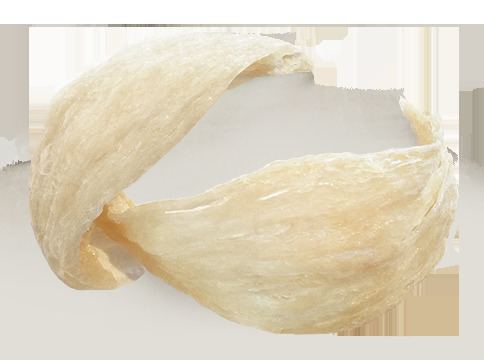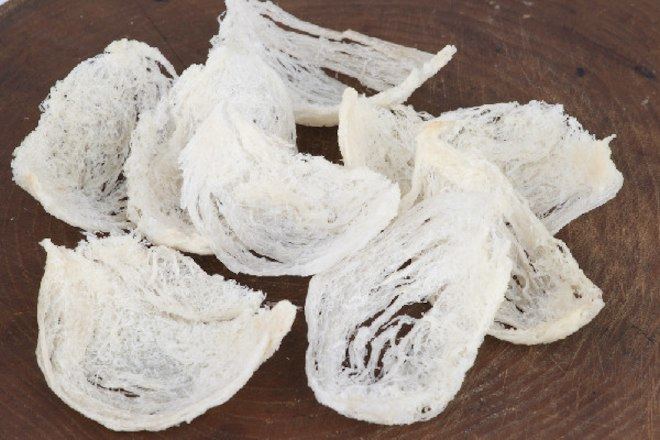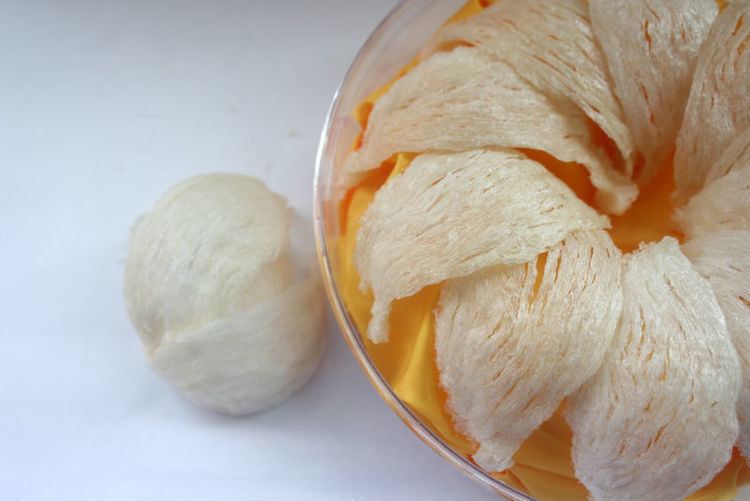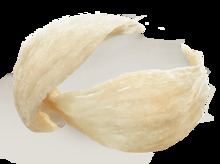Alternative names 燕窝 [yan wò] | ||
 | ||
Similar Shark fin soup, Rock candy, Tremella fuciformis, Hasma, Asian Ginseng | ||
Bird s nest soup aka sexy bird saliva soup why would you eat that
Edible bird's nests are bird nests created by edible-nest swiftlets using solidified saliva, which are harvested for human consumption. They are particularly prized in Chinese culture due to their rarity, and supposedly high nutritional value and exquisite flavor. Edible bird's nests are among the most expensive animal products consumed by humans, with nests being sold recently at prices up to about US$2,000 per kilogram, depending on grading. The type or grading of bird's nest depends on the type of bird as well as the diet of the bird. It differs in colour from white to dark brown. The Chinese believe that it promotes good health, especially for the skin. The nests have been used in Chinese cooking for over 400 years, most often as bird's nest soup.
Contents
- Bird s nest soup aka sexy bird saliva soup why would you eat that
- Diy edible bird s nests
- Etymology
- Culinary use
- Harvesting
- Import restrictions
- References

Diy edible bird s nests
Etymology

The Chinese name for edible bird's nest, 燕窝 [yàn wō], translates literally as "swallow's (or swift's) nest", and often serves as a synonym for bird's nest soup. However, 燕窝 [yàn wō] strictly speaking is the uncooked nest.
Culinary use

The most famous use of edible birds nest is bird's nest soup, a delicacy in Chinese cuisine. When dissolved in water, the birds' nests have a gelatinous texture used for soup or sweet soup [tàhng suay]. It is mostly referred to as 燕窝 [yàn wō] unless references are made to the savoury or sweet soup in Chinese cuisine. According to the Qing Dynasty manual of gastronomy, the Suiyuan shidan, bird nest was a delicate ingredient that must not be flavoured or cooked with anything strong tasting or oily. As well, while it is incredibly precious, it must also be served in relatively large quantities otherwise its texture cannot be fully experienced and enjoyed.
In addition to their use in soup, edible bird's nests can be used as an ingredient in many other dishes, they can be cooked with rice to produce bird's nest congee or bird's nest boiled rice, or they can be added to egg tarts and other desserts. A bird's nest jelly can be made by placing the bird's nest in a ceramic container with minimal water and sugar (or salt) and double steamed. Ready-to-eat bird's nest jelly is available in jars as a commercial product.
Harvesting

The most heavily harvested nests are from the edible-nest swiftlet or white-nest swiftlet (Aerodramus fuciphagus) and the black-nest swiftlet (Aerodramus maximus). The white nests and the red nests are supposedly rich in nutrients, which are traditionally believed to provide health benefits.

Most nests are built during the breeding season by the male swiftlet over a period of 35 days. They take the shape of a shallow cup stuck to the cave wall. The nests are composed of interwoven strands of salivary cement. Both nests have high levels of calcium, iron, potassium, and magnesium.
Hong Kong and the United States are the largest importers of these nests. In Hong Kong, a bowl of bird's nest soup would cost US$30 to US$100. A kilogram of white nest can cost up to US$2,000, and a kilogram of red nests can cost up to US$10,000. The white nests are commonly treated with a red pigment, but methods have been developed to determine an adulterated nest. Natural red cave nests are often only found in limestone caves in a bird nest concession island in Thailand. The high cost and demand has attracted counterfeiters, leading to the halt of Malaysian nest exports to China; the Malaysian government has undertaken to employ RFID technology to thwart counterfeiting by micro-chipping nests with details about harvesting, packaging and transport. Industrial quality-control techniques such as failure mode and effects analysis have been applied to edible bird's nest processing at nesting houses in Sarawak, Malaysia and reported by a research team in by Universiti Malaysia Sarawak.
The nests were formerly harvested from caves, principally the enormous limestone caves at Gomantong and Niah in Borneo. With the escalation in demand these sources have been supplanted since the late 1990s by purpose-built nesting houses, usually reinforced concrete structures following the design of the Southeast Asian shop-house ("rumah toko"/"ruko"). These nesting houses are normally found in urban areas near the sea, since the birds have a propensity to flock in such places. This has become an extraordinary industry, mainly based on a series of towns in the Indonesian province of North Sumatra, which have been completely transformed by the activity. From there the nests are mostly exported to the markets in Hong Kong, which has become the centre of the world trade, though most of the final consumers are from mainland China. It has been estimated that the products now account for 0.5% of the Indonesian GDP, equivalent to about a quarter of the country's fishing industry. The entire global industry is an estimated US$5 billion.
Import restrictions
Because the bird's nest is an animal product, it is subject to strict import restrictions in some countries, particularly with regard to H5N1 avian flu. Import of nests into Australia is strictly prohibited unless imported with an official Customs and Quarantine import permit from the Australian Department of Agriculture. In Canada commercially prepared, canned and sterile bird's nest preparations are generally acceptable but may be subject to restrictions.
